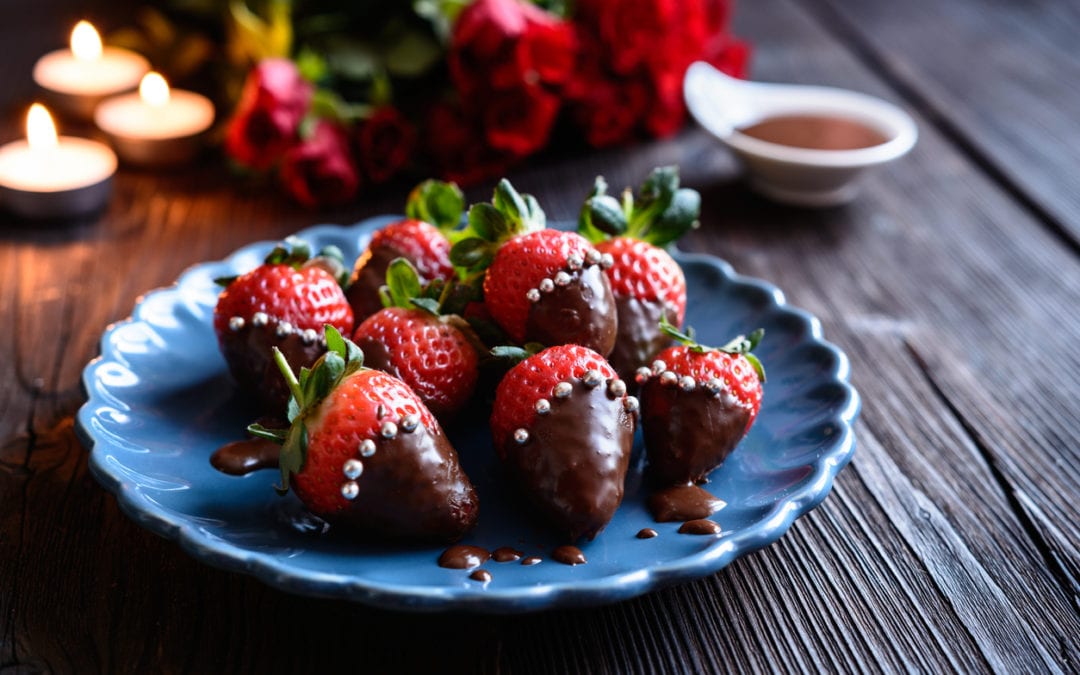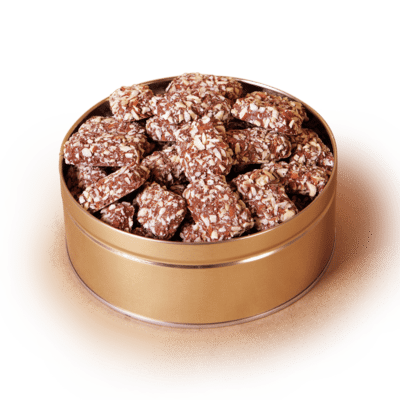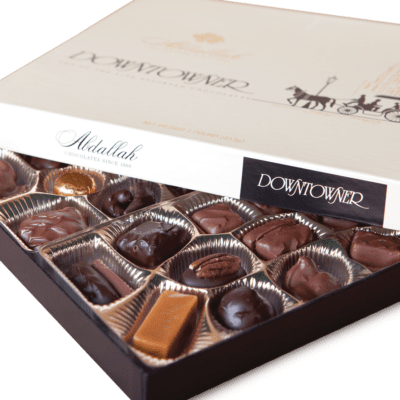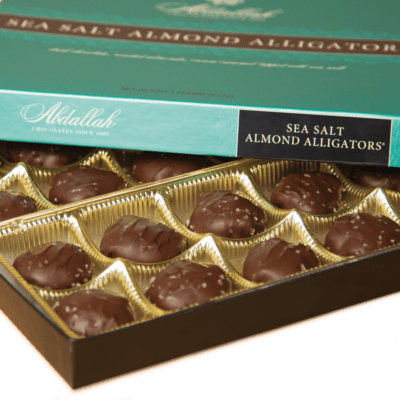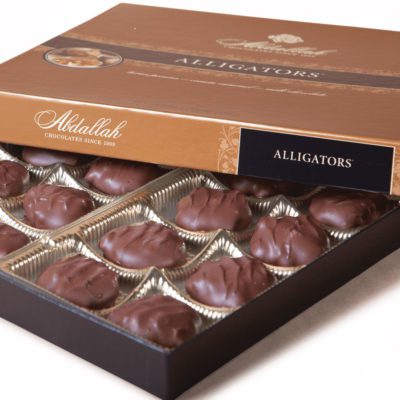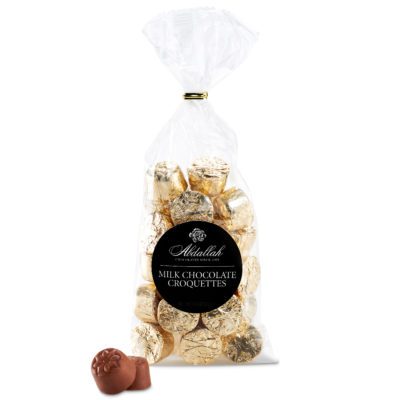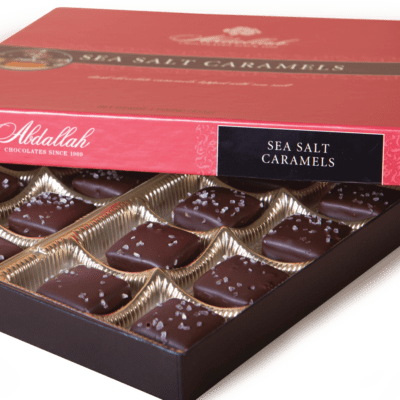Imagine the taste of your favorite chocolate: the rich color, the sound it makes as you take a bite, the tantalizing smell. When you bite into a high-quality chocolate bar or truffle, you don’t just delight your taste buds – all of your senses get involved to give you a blissful experience.
Expert chocolate tasters recognize that chocolate overloads your senses with its aroma, texture, and bittersweet taste. That’s why chocolate tasters take their time to absorb the information with each of their senses and enjoy every last morsel.
Whether you have experience in food and winetasting or you just want to enhance your ability to enjoy candies and chocolates, you need to know how to use your five senses to your advantage. Read through our list to find out how to judge high-quality chocolates like an expert.
Love at First Sight
Seeing Good Chocolate
Your sense of sight will help you notice the sheen and gloss that showcase quality chocolate products. When you taste chocolates, look over the bar to detect any white spots or uneven coloring. Chocolate goes through a process called tempering to combine the ingredients and set them all together in the final shape. Discoloration indicates that the chocolate has sat out in high temperatures for too long, which can cause the fat and sugar content to separate from the chocolate mixture.
Make sure you also note the chocolate’s hue. Even though color doesn’t always make a difference in the quality of the chocolate, the dark or lightshade can cue you in to the taste that the manufacturer wants you to expect. Depending on the bean used, even dark chocolate (up to 85% cacao!) can still look light in at first glance, so prepare yourself for surprises.
The Sound and the Fury
Hearing Good Chocolate
Listen closely to the chocolate as you break and chew it. High-quality chocolate should make a satisfying snap when you break it in half. The harder the chocolate, and the louder the snap, the higher the cacao content. Chocolate that crumbles or bends typically uses less natural cacao and derives its taste from other additives.
Milk chocolate, which contains less cacao and more dairy products, has a softer texture and doesn’t feature the distinct snap of darker chocolate varieties. Despite the name, white chocolate doesn’t contain any real cacao, so it will create a different sound upon breaking.
Time to Stop and Smell the Roses
Smelling Good Chocolate
Chocolate’s primary ingredient, the cocoa bean, can carry with it different genetic material depending on where it grew. Those genetic differences can influence the chocolate’s smell. For example, chocolate imported from Ecuador often features an undertone of bananas because cocoa beans in Ecuador have similar genetics to the native banana trees.
The beautiful complexity of chocolate’s taste lies in the subtle blend of flavors. When you taste chocolate, take time to smell the bar before ingesting the entire bar. Some experts also recommend that you let the chocolate sample melt in your hand, since melted chocolate gives off a different aroma than the solid bar.
In addition to the sweet, milky scent we associate with chocolate, high-quality bars can also feature woody, floral, fruity, nutty, or salty undertones. When you take the time to appreciate the aroma of your chocolate bar, you’ll recognize the unique blend of flavors it offers you.
A Taste of Heaven
Tasting Good Chocolate
Experts recommend that you taste the chocolate with every part of your tongue. When you slowdown and let the chocolate melt in your mouth, you’ll notice that different regions of your tongue produce different flavors. Sometimes the taste of chocolate will match the aroma you smelled beforehand-but other times the melted chocolate creates an entirely new flavor.
When you eat the chocolate, chew slowly enough that you can appreciate the evolution of flavors. Chocolate changes its taste mid-palate and then leaves you with an aftertaste if you’re patient enough to wait a few seconds before you swallow.
What a Feeling
Feeling Good Chocolate
Chocolate lovers call your sense of touch when related to foods mouthfeel. As you eat the chocolate, take note of the way each different selection feels inside your mouth. The best chocolate melts around 97 degrees Fahrenheit, so your body temperature provides the perfect heater to enjoy the rich texture of liquid chocolate.
The highest-quality chocolate feels smooth and velvety against your tongue and the sides of your mouth. Cocoa butter provides the secret ingredient that gives good chocolate its unique consistency, while cheaper models use vegetable fat that creates a waxy feel.
If you notice grit in the chocolate (unless you’ve chosen a model with sea salt or crushed nuts), most likely the bar didn’t cook at the right temperature or contains cheaper ingredients that didn’t completely meld.
Once you master the art of using your five sense to enjoy high-quality chocolate, you’ll learn to discern the unique flavors, aromas, and textures that chocolate offers you. Use these tips the next time you attend a chocolate tasting or select chocolates for a special occasion.
If you want to test out your sensory experiences with high quality chocolate, you can start shopping now! Our family-owned chocolate shop has been perfecting recipes for over 110 years. Shop gourmet chocolate now!


